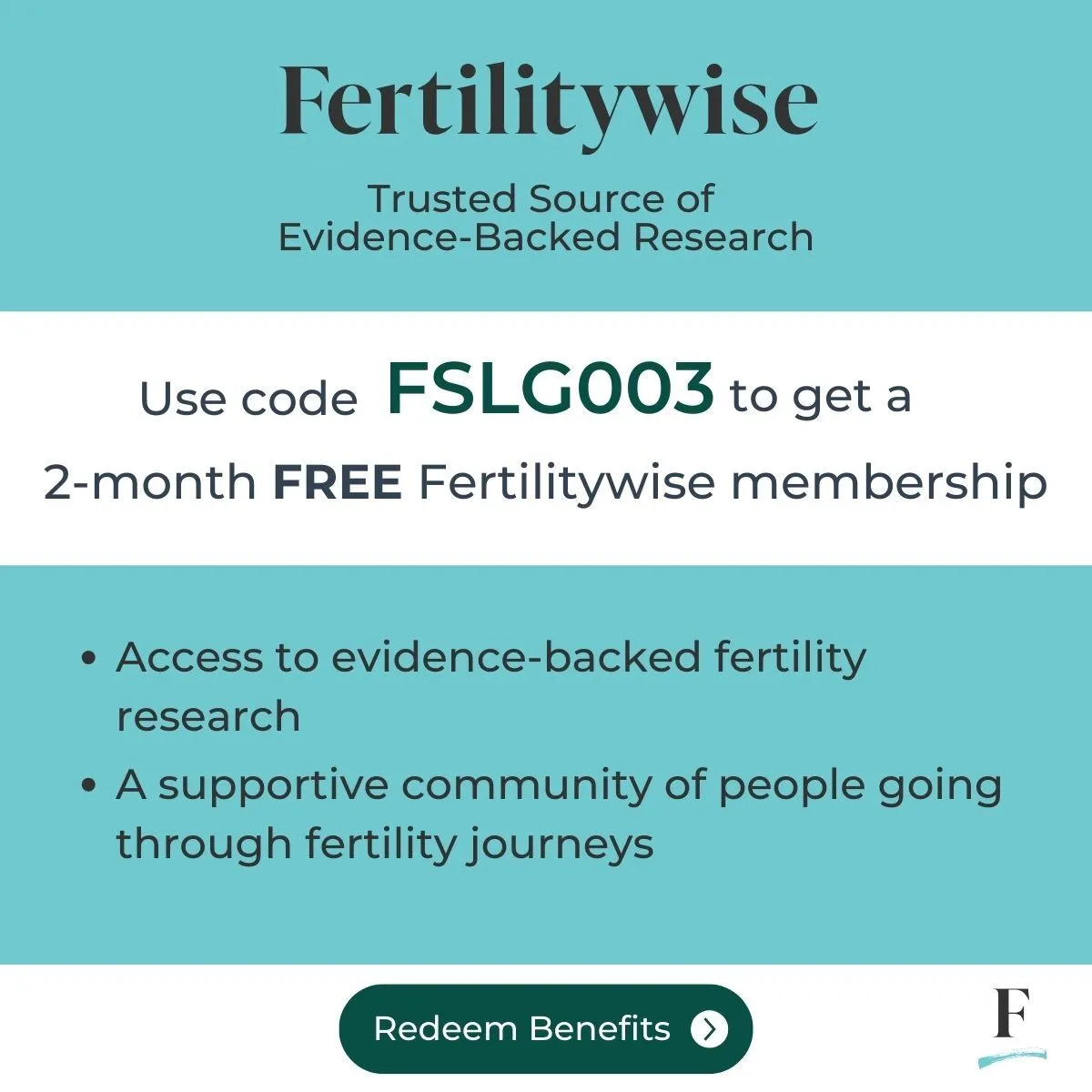Altruistic surrogacy isn’t just a medical process—it’s a heartfelt act of generosity that helps dreams of parenthood come true.
For intended parents, it’s a path to welcoming a child through the selflessness of a volunteer surrogate mother.
For surrogates, it’s an opportunity to impact someone’s life profoundly.
In this guide, we’ll explore how altruistic surrogacy works, its benefits, challenges, and how to navigate this deeply personal journey.
Key Takeaways:
- Altruistic surrogacy involves no compensation beyond pregnancy expenses – it’s a voluntary act of generosity
- Most arrangements involve known surrogates (friends/family) rather than agency-matched carriers
- Legal contracts remain essential, even among family, to secure parental rights and clarify responsibilities
- Emotional complexities require proactive management through counseling and clear communication
- Availability depends heavily on personal networks due to the volunteer nature
- The medical process mirrors gestational surrogacy (IVF with intended parents’/donor genetic material)
Altruistic Surrogacy Defined
Merriam-Webster defines an altruistic person as someone “having or showing an unselfish concern for the welfare of others.”
Altruistic surrogacy, therefore, is an arrangement where the surrogate, motivated by this unselfish concern, carries a pregnancy for someone else and receives no financial compensation beyond pregnancy-related expenses.
Also known as “compassionate surrogacy” or “volunteer surrogacy,” it is in contrast to commercial surrogacy, in which surrogates receive compensation for their time and effort.
Individuals and couples who wish to keep the journey within a close circle of trust often prefer altruistic surrogacy.
As such, it often involves a close friend or family member as the altruistic surrogate.
How Does Altruistic Surrogacy Work?

Step 1: Finding the Right Surrogate
Most volunteer surrogates come from personal networks. To find an altruistic surrogate:
- Share your story openly with loved ones.
- Join forums or altruistic surrogacy agencies that connect intended parents with volunteer surrogates.
Step 2: Legal Agreements
A surrogacy contract is critical, even among family. It clarifies:
- Parental rights (ensuring the child goes to the intended parents).
- Medical and financial responsibilities (e.g., covering the altruistic surrogacy cost of prenatal care).
Note: Always work with a lawyer specializing in surrogacy law.
Step 3: The Medical Process
In altruistic gestational surrogacy (the most common type):
- An embryo is created via IVF using the intended parents’ or donors’ genetic material.
- The embryo is transferred to the surrogate.
- Regular medical checkups ensure the surrogate’s health and safety.
Pros and Cons of Altruistic Surrogacy
Pros
- Cost-effective: No surrogate compensation (medical, legal, and other miscellaneous costs still apply).
- Stronger bonds: Built on existing relationships.
- Ethical clarity: Focuses on compassionate surrogacy, avoiding debates about commodification.
Cons
- Emotional strain: Risk of attachment or misaligned expectations.
- Limited availability: Finding a volunteer surrogate mother depends on personal networks.
- Legal variability: Laws differ by region; unpaid surrogacy may be restricted.
Altruistic vs. Commercial Surrogacy: Key Differences
| Factor | Altruistic Surrogacy | Commercial Surrogacy |
| Compensation | None (expenses only) | $30,000–$60,000+ |
| Surrogate Relationship | Friend/family member | Matched via agency |
| Legal Complexity | Simpler in some regions | Highly regulated |
| Genetic Ties | No genetic link | Varies by arrangement |
Altruistic Surrogacy Cost: What to Expect
While you won’t pay the surrogate, costs include:
- Medical expenses: IVF, prenatal care, delivery.
- Legal fees: Contract drafting, parental rights.
- Pregnancy support: Travel, maternity clothes.
Total costs average $30,000–$60,000, far less than commercial surrogacy ($100,000+).
Key Considerations:
- Partner with nonprofit agencies to streamline budgeting.
- Always consult a lawyer to clarify financial responsibilities.
- Some regions restrict unpaid surrogacy, so verify local laws.
Emotional and Physical Considerations
Altruistic surrogacy demands significant emotional and physical commitment from both the surrogate and intended parents.
For Surrogates:
- Physical Demands: Pregnancy involves medical procedures (e.g., IVF transfers) and potential health risks.
- Emotional Challenges: Carrying a child genetically unrelated to them, especially in altruistic gestational surrogacy, can lead to complex feelings.
For Intended Parents:
- Relationship Dynamics: Clear communication is vital to avoid conflicts, particularly in altruistic surrogacy near me, where local laws may add pressure.
- Emotional Stress: Trusting someone else to carry your child can create anxiety.
Mitigation Strategies:
- Seek counseling for both parties.
- Establish boundaries through legal agreements.
- Regular check-ins to ensure mutual support.
Entering Into an Altruistic Surrogacy Arrangement
Step 1: Partner with Professionals
Work with an altruistic surrogacy agency or nonprofit to:
- Find a volunteer surrogate mother through their network.
- Navigate local laws.
- Access counseling and medical resources.
Join online communities to connect with potential surrogates.
Step 2: Medical & Psychological Screening
- Ensure the surrogate passes fertility and pregnancy viability tests.
- Attend joint counseling sessions to align expectations and address emotional risks.
Step 3: Legal Preparation
- Draft a surrogacy agreement with a lawyer specializing in reproductive law.
- Cover parental rights, financial responsibilities, and contingency plans.
- Finalize birth certificate details and parental rights post-birth.
Final Thoughts
At its core, compassionate surrogacy isn’t just about biology or legal agreements—it’s about people. It’s a close friend agreeing to carry a baby for a couple who’ve struggled with infertility. It’s a sister stepping up to help her sibling become a parent. These stories aren’t just clinical arrangements; they’re built on love, grit, and the messy, beautiful reality of human connection.
Yes, there are hurdles. The legal details? They matter. A handshake won’t protect your surrogate’s health or your parental rights. That’s where FSLG comes in. We’ve helped hundreds of families like yours turn goodwill into airtight plans, so you can focus on the big stuff—like picking baby names and holding your friend’s hand during ultrasounds.
Let FSLG handle the paperwork. You handle the love.

Rich Geisler is the principal and founder of Fertility & Surrogacy Legal Group, leveraging over a decade of expertise in fertility and third-party reproduction law to help clients worldwide build their families. A dedicated advocate and trusted advisor, Rich is an active member of the American Bar Association and a fellow in the Academy of Adoption and Assisted Reproduction Attorneys.


